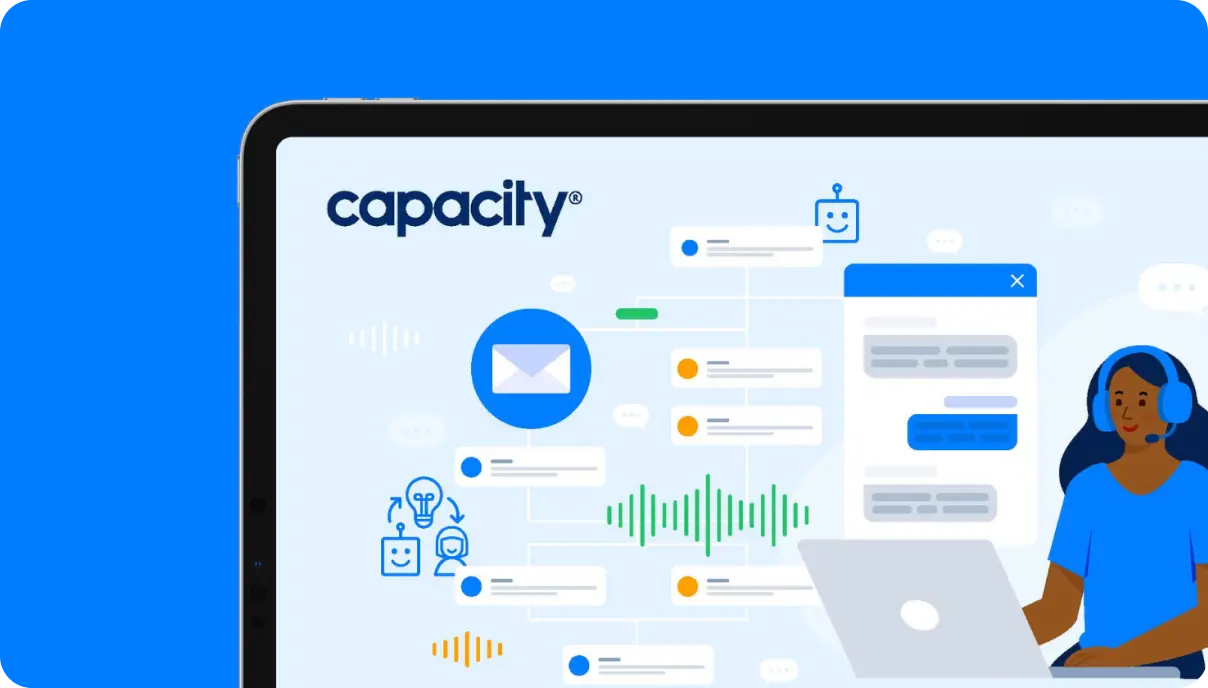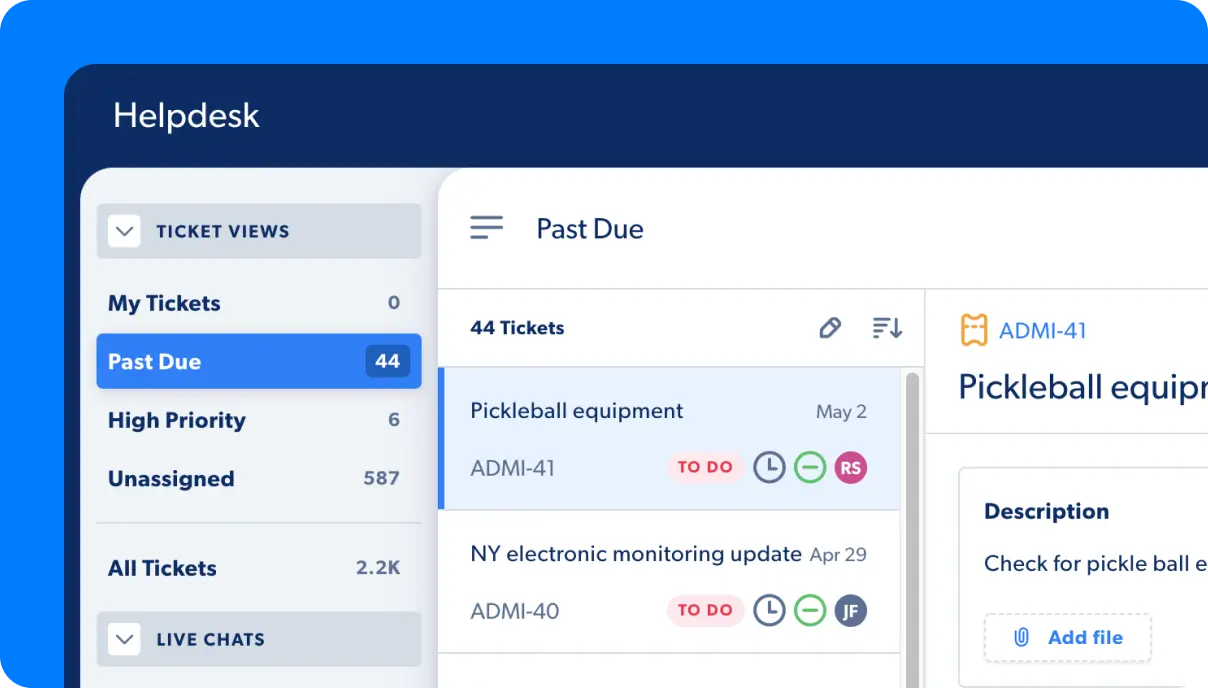When conceptualizing the future of work, some picture an artificially intelligent T-800-esque cybernetic robot coming for the role they’ve rightfully earned.
While it’s true that certain jobs might be made redundant with machine learning (ML) and artificial intelligence (AI), these technologies will actually create 58 million more jobs than they displace.
Most of the cutting-edge software solutions on the market are designed to assist, not replace human operators. Instead of wasting valuable subject matter expert (SME) time on repetitive tasks, the tools discussed below allow experts to do the job they were actually hired to do.
Instead of feeling threatened by the impact of automation, teams are boosting productivity with intelligent tools, creating more time for high-ROI activities. And augmentation is no fidget spinner-like fad. In fact, AI software is predicted to be a $36 billion industry in the United States by 2025.
We might be biased, but we believe the dialogue around the future of work should focus on how tech is helping teams prosper. Which, and this may not come as a surprise, is the point of this blog. If we’ve piqued your interest, keep reading.
Accelerated collaboration.
As competition heats up and speed-to-market moves closer to the top of your KPIs, harmonizing your team’s talents will be a necessity. And forward-thinking companies are already rolling out intelligent tools that make collaboration easier, faster, and more effective.
If cross-department communication is a pain point, the futuristic tech below might give you goosebumps.
- Making expertise more accessible.
Appropriately named for their function, expert finder tools are a fantastic example of how AI is helping businesses win. Designed to eliminate the hassle of hunting down answers, expert finder software identifies internal SMEs for you.
Via a chat portal, an AI-powered chatbot uses a dynamic knowledge graph to forward complex questions to teammates in the know. In an instant, inquiries calling for an in-depth answer are delivered to the expert of choice.
What’s more, their reply is automatically added to your org’s knowledge base, ensuring all future inquiries get the same helpful answer.
- Communication as a superpower.
Picture a digital bullhorn capable of delivering critical messages to any teammate, at any time, through any communication channel. Capacity’s Broadcast tool is exactly that. For teams already putting it to use, it can be hard to imagine what life was like before.
Through a simple chat interface, messages are automatically dropped into whichever communication channel each teammate prefers. Critical knowledge is delivered to the right people, right away. Goodbye missed emails and ignored Slack notifications!
Empowered by knowledge.
We’ve all heard knowledge is power. In the 21st century, knowledge is profits. Centralizing organizational data, tacit knowledge, and answers to FAQs is a top priority moving into the future.
And it’s easy to understand why. According to Gartner, bad data costs businesses upwards of $15 million annually. But in keeping with the theme of this blog, tech tools here to save the day (and tomorrow).
- Cloud computing is evolving.
The cloud has progressed well beyond off-site data keeping. While secure remote storage remains important, the creation of searchable documents, fully extensible permissions structures, and workflow automation is enabling teams to crush KPIs like never before.
Thanks to robotic process automation (RPA), repetitive tasks can be automated by cloud-based SaaS tools, giving your team more time for high ROI activities. In short, cloud drives are pushing offline activities online, and expediting workflows without human intervention.
- Siloed data is dead.
Capacity’s Enterprise Search tool is a shining example of how automation technologies are improving the future of work. By simply chatting with the Capacity bot, teammates can search the company CRM, marketing automation system, ERP, and any other software application for the information they need.
And search functionality is only half the story. Not only can teammates ask Capacity for knowledge, they can actually instruct the bot to take actions on their behalf. Need to update a lead status or send a document to HR? Just tell Capacity to do it for you.
Assistants for all.
Arguably one of the best reasons to be enthusiastic about the future of work is the proliferation of digital assistants. Though chatbots are nothing new, deploying them from the top-down to enhance productivity is.
While older, rule-based bots have a narrower scope of function, AI and ML are unlocking the true potential of digital assistants. What was once a privilege for the exec team is quickly becoming standard in forward-thinking companies.
- The knowledge you really wanted.
Beyond simple FAQ replies, tools like Capacity’s Guided Conversations are the future of chatbot tech. Again, all by way of simple chat, customers and teammates alike navigate a series of clarifying questions to arrive at the knowledge they’re really after.
And unlike antiquated bot solutions, Capacity is armed with natural language processing (NLP). This means that questions are understood no matter how they’re phrased. People asking, “What are your hours?” and, “How late r u open?” are after the same knowledge, and should receive the same level of support.
- A personal touch.
For those still on the fence about AI, human-in-the-loop (HITL) tech should lessen concerns. Combining the expertise of dedicated teammates with your org’s preexisting knowledge base results in one potent information-sharing tool.
When your chatbot is unsure how to respond, the question is instantly forwarded to the person who is: the organizational subject matter expert. And when a reply is received, ML updates the bot’s knowledge base—guaranteeing the same reply for future inquiries.
The future of work is already here.
AI-powered tools are on par to revolutionize the workplace over the coming decade. By automating the tasks workers don’t really want to do, teammates will see a future in which they’re engaging with the type of value-added work that inspires and invigorates them.
If you’d like to see how Capacity can illuminate the road ahead, request a demo today!








































